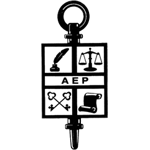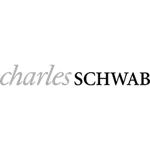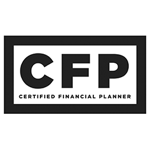For high earners, saving for retirement isn’t just about accumulating wealth—it’s about keeping it. The challenge lies in navigating the complex tax landscape that comes with a high income. Without a well-thought-out tax strategy, a significant portion of retirement savings can be lost to taxes.
Below, we explore retirement planning strategies specifically designed to help high-income individuals reduce their tax burden and retain more of their hard-earned wealth.
Understand the Impact of Taxes in Retirement
While many retirees expect their tax burden to decrease in retirement, that’s not always the case for high earners. Required minimum distributions (RMDs), Social Security benefits, and investment income can all contribute to a surprisingly high tax bill.
It's important to recognize that traditional tax-deferred accounts, like 401(k)s and IRAs, will eventually be taxed. Without proactive planning, withdrawals from these accounts can push you into a higher tax bracket.
Prioritize Tax Diversification
One of the most effective ways to prepare for a tax-efficient retirement is to diversify your retirement savings across different account types:
- Tax-deferred accounts: 401(k), traditional IRA
- Tax-free accounts: Roth IRA, Roth 401(k)
- Taxable accounts: Brokerage accounts, trusts
Tax diversification allows you to control your taxable income in retirement by strategically choosing where to draw funds from each year.
Consider Roth Conversions
Roth conversions involve moving money from a traditional IRA or 401(k) into a Roth IRA. While you pay taxes on the converted amount in the year of the conversion, all future growth and withdrawals from the Roth IRA can be tax-free, assuming IRS rules are followed.
High earners may find Roth conversions especially valuable in years with lower income or large deductions. It's also a tool for reducing future RMDs and maintaining lower taxable income in retirement.
Maximize Health Savings Accounts (HSAs)
If you have access to a high-deductible health plan (HDHP), a Health Savings Account (HSA) is one of the most tax-advantaged tools available. Contributions are tax-deductible, growth is tax-free, and withdrawals for qualified medical expenses are also tax-free.
For high-income individuals, HSAs offer a triple tax advantage and can be used strategically in retirement to cover medical expenses or serve as a supplemental retirement account.
Delay Social Security Strategically
Delaying Social Security benefits until age 70 increases your monthly benefit amount. For high earners, waiting to claim benefits not only boosts guaranteed income but also allows more time to implement tax-saving strategies, such as Roth conversions, before Social Security income begins.
Additionally, delaying Social Security can help reduce the portion of benefits subject to taxation by managing other sources of income first.
Use Charitable Giving to Offset Income
Charitable strategies like Qualified Charitable Distributions (QCDs) and Donor-Advised Funds (DAFs) can be powerful tools for high earners. QCDs allow those over age 70½ to donate up to $100,000 directly from an IRA to a qualified charity, satisfying RMDs without increasing taxable income.
DAFs let you contribute a large amount in a high-income year, receive an immediate tax deduction, and grant funds to charities over time. These strategies support your philanthropic goals while providing tax relief.
Coordinate Withdrawals with a Long-Term Plan
The order and timing of withdrawals can significantly impact your tax liability in retirement. Coordinating withdrawals from taxable, tax-deferred, and tax-free accounts requires careful planning.
A long-term withdrawal strategy should aim to maintain tax bracket efficiency and minimize exposure to higher Medicare premiums or taxation on Social Security benefits.
Partner with a Financial Professional
The complexity of tax planning in retirement grows with income. High earners face unique challenges and opportunities that require a customized approach. A qualified financial advisor can help you:
- Evaluate and execute Roth conversions
- Design a tax-efficient withdrawal strategy
- Integrate charitable giving into your plan
- Navigate changing tax laws and RMD requirements
Final Thoughts
High earners have more opportunities to build wealth—but also more at stake when it comes to taxes in retirement. The key is to take a proactive, strategic approach to tax planning.
By diversifying accounts, leveraging Roth strategies, and aligning income sources with your long-term goals, you can significantly reduce your lifetime tax liability and preserve more of your wealth.











